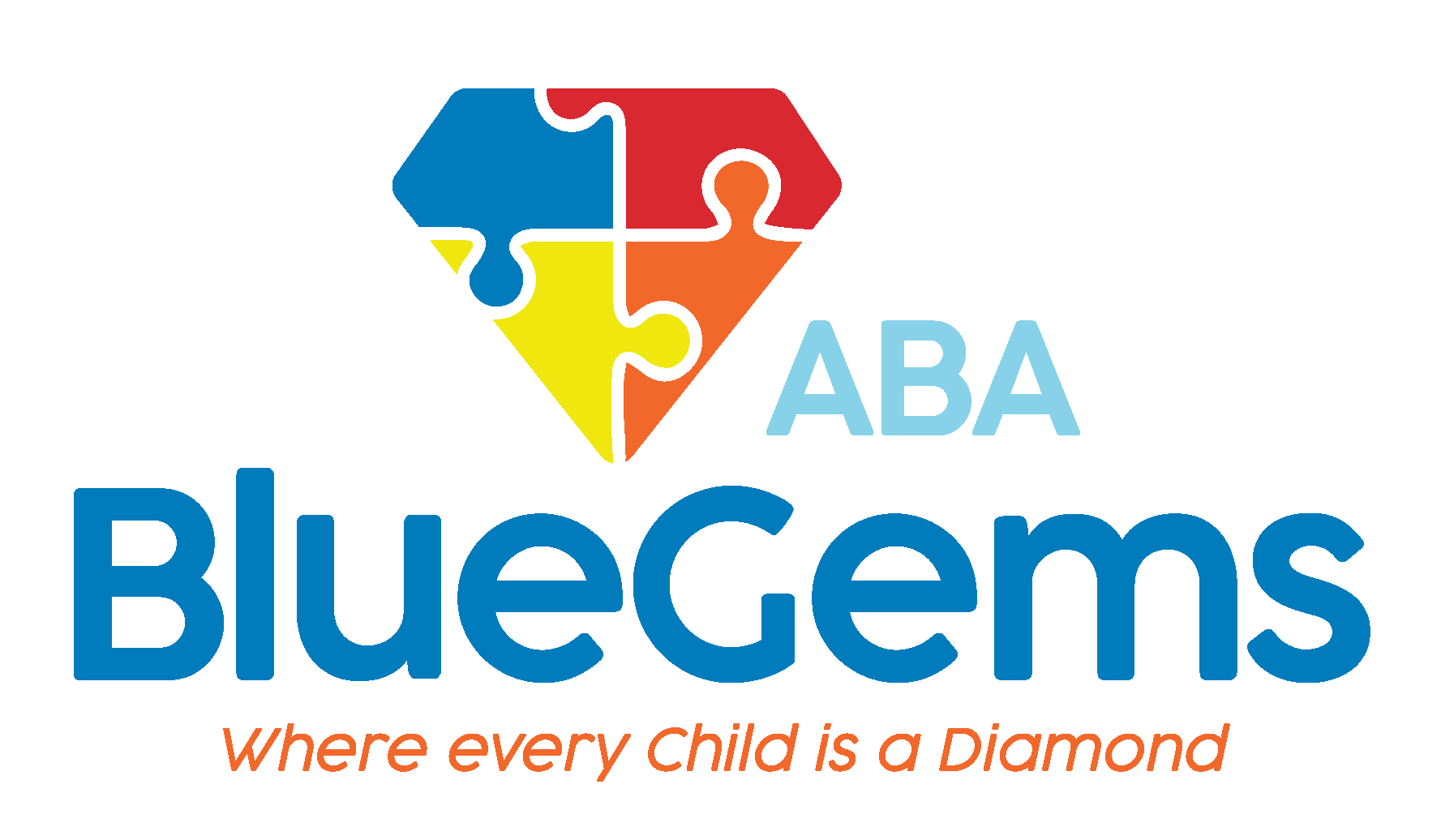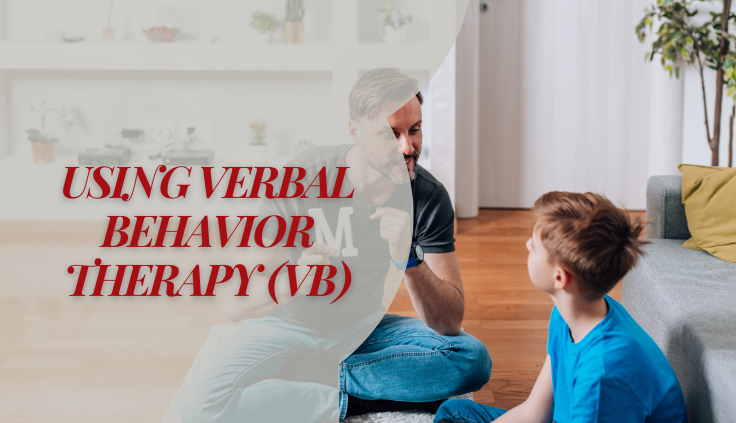Using Verbal Behavior Therapy to Increase Communication Skills in Non-Verbal Children
Children who have autism spectrum disorder (ASD) can exhibit a wide range of symptoms. While most face some type of challenges associated with communication and social interactions, some are affected much more severely than others by their neurodevelopmental disorder.
Some children with ASD are non-verbal, unable to speak a lot of words or any words at all for much longer than would be considered typical. For these children, traditional treatment practices such as applied behavior analysis, or ABA therapy, have proven very successful.
That being said, non-verbal children with autism require some slightly different strategies and techniques to improve their communication skills. One that ABA therapy follows is called Verbal Behavior Therapy, or VB.
The goal of this communication theory is to acquire and develop language skills and then sustain them through different behavior strategies.
Below, we’ll discuss what VB is all about and how Verbal Behavior Therapy works to increase communication skills in non-verbal children.
Table Of Contents
What is Verbal Behavior Therapy?
Verbal Behavior Therapy is a teaching method that seeks to help non-verbal children acquire and develop communication skills that they don’t have. The goal is to enhance both consistent and effective communication with children who have had trouble acquiring those skills.
VB relies on behavior modification principles — like many other aspects of ABA therapy — as well as theories put forth by B.F. Skinner, a well-known behaviorist.
Skinner thought of language as four different verbal operants.
- The Mand Operant
- The Tact Operant
- The Intraverbial Operant
- The Echoic Operant
The Mand operant asks for reinforcement. The Tact operant includes naming specific events, objects, actions and items.
The Intraverbial operant involves having conversations and answering questions for which previous words or statements control the words of the speaker. And the Echoic operant involves repeating something someone just heard.
There are also terms in verbal behavior that are secondary to Skinner, including textual reach, which involves reading words that are written, and transcription, which involves spelling and writing down words that are spoken.
All of these theories are used in how VB is carried out.
How Does VB Work?
Verbal Behavior Therapy first starts by teaching non-verbal children to make requests (mands) that are simple. This is done mainly one of three ways — either with:
- Spoken language
- Through a picture exchange
- Pointing to an object.
ABA therapists will help children learn these simple requests by reinforcing the concept and the meaning of the word continuously.
Let’s say, for instance, that the therapist is teaching the child to request a cracker. The therapist will work with the child to say the word “cracker” when they want a cracker to eat.
The therapist will repeat the word as soon as the child says it, and then present them with the cracker so they can see it. The therapist then says the word cracker again so that the meaning of the word is reinforced, and then hands the cracker to the child.
Of course, the above example only works if the child has learned to say the word “cracker.” Before they have mastered that skill, the child will have other ways that they can make the same request.
They can point to a cracker or to the container where the crackers are stored. They could also point to a picture of a cracker in a special book that’s printed out for them.
Regardless of how the request is made, the ABA therapist will still respond the same way — saying the word cracker immediately, presenting the cracker, repeating the word cracker and then giving the cracker to the child.
Over time, this same strategy is used to teach other simple words and concepts, and then eventually more complicated words, concepts and requests.
What is the Role of Errorless Learning?
A major concept of VB is referred to as errorless learning. This essentially means that the ABA therapist will use prompts frequently and immediately during sessions to ensure that the child is able to respond correctly every time.
As you can see in the example above, the word cracker is repeated at least twice by the therapist before the cracker is given to the child. Combined with the original request, these serve as clear prompts to the child of what they need to do in order to get what they want.
Just like other strategies in ABA therapy, errorless learning involves slowly fading away these prompts over time. The goal, of course, is to get to the point where the child doesn’t need the prompts any more to make a successful request using verbal language.
Blue Gems ABA Uses Many Strategies to Help Children with Autism
Verbal Behavior Therapy is one strategy that ABA therapists can use to help build communication skills with non-verbal children. It involves constant and consistent prompts, and the ability for the child to make requests with spoken words or pictures so they can build language skills over time.
At Blue Gems ABA, our BCBAs use a number of strategies to best support all of the children with ASD that we serve. All of our ABA therapy treatment plans are personalized to the individual child to address their unique strengths and challenges, which helps them live a happy, healthy and independent life.
To learn more, please contact us today.




